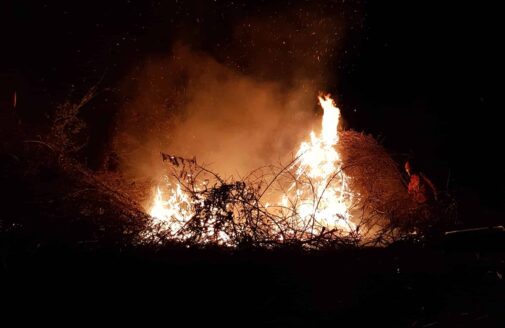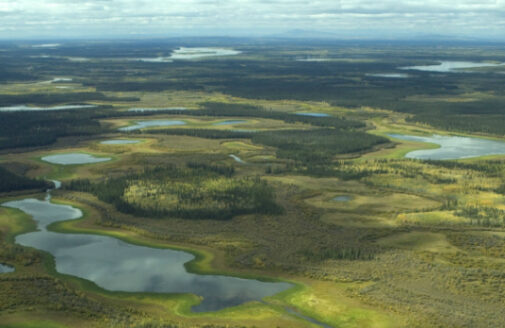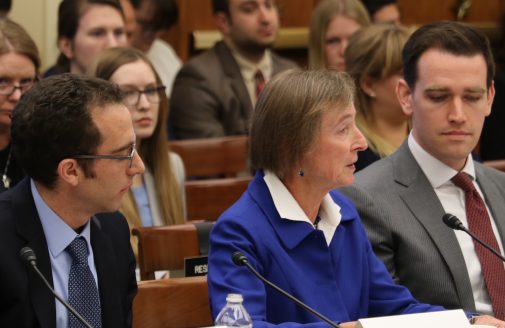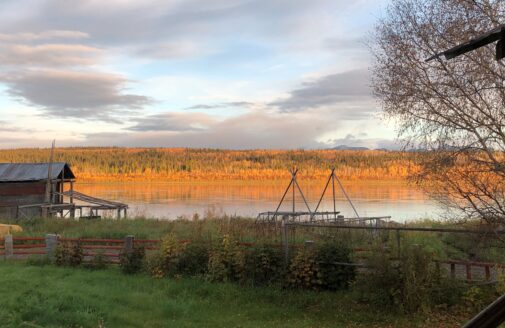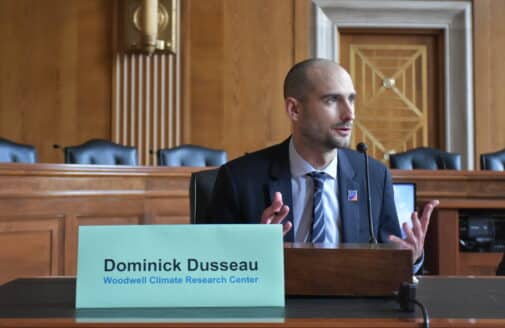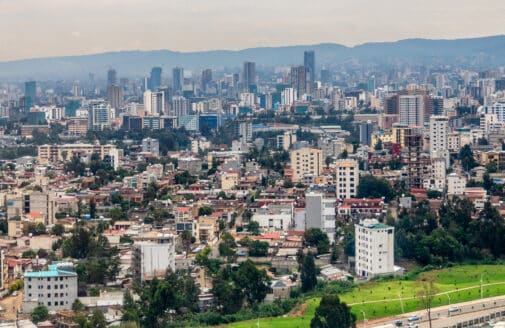How climate change is fueling Canada’s fires, smoke in Northeastern U.S.
Increasing fire activity and altered atmospheric patterns behind Canada’s intense fire season
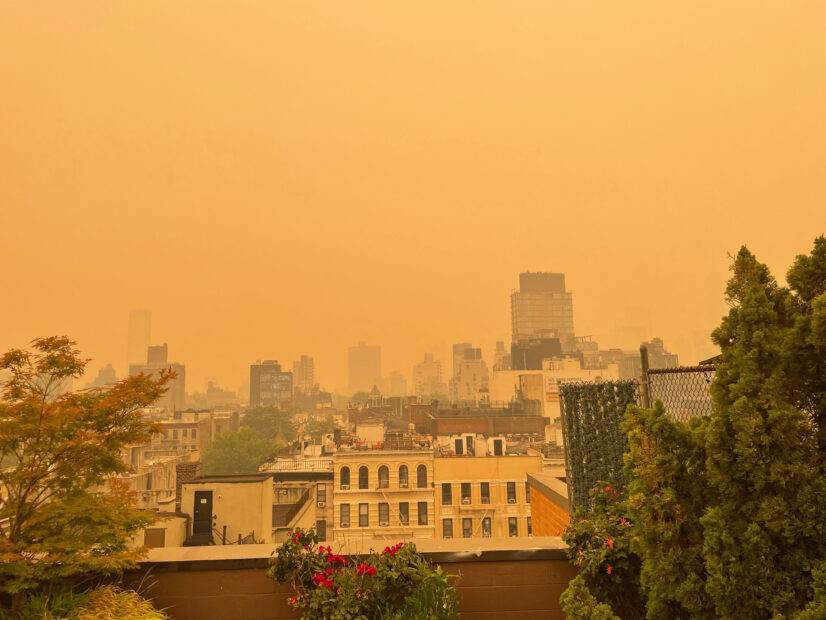
Smoke and haze obscuring the New York City skyline on June 7, 2023.
photo by Jonathan Friedman
Canada’s fire season has barely started and it’s already on track to break records. So far, NOAA has documented more than 2,000 wildfires that have resulted in the forced evacuation of over 100,000 people across Canada. The most recent bout of fires burning in Ontario and Quebec has sent smoke southward into the Eastern U.S., causing record levels of air pollution in New York and warnings against outside activity as far south as Virginia.
Only a little over a month into the wildfire season, fires have already burned 13 times more land area than the 110-year average for this time of year, and they show no sign of stopping, according to Canadian publication The Star. Indigenous communities, some of whom live year-round in remote bush cabins, have been particularly harmed by the blazes.

map by Christina Shintani
According to Woodwell Climate Senior Scientist Dr. Jennifer Francis, the phenomenon of winds pushing smoke down to the Northeastern U.S. has been linked to rapid Arctic warming caused by climate change.
In the upper atmosphere, a fast wind current called the jet stream flows from west to east in undulating waves, caused by the interaction of air masses with different temperatures and pressures, particularly between the Arctic and temperate latitudes.
As global temperatures have risen, the Arctic has warmed two to four times faster than the average global rate. Francis stated in an interview in the Boston Globe that the lessening of the temperature differences between the middle latitudes and the Arctic has slowed down the jet stream, which results in a more frequent occurrence of a wavy path.
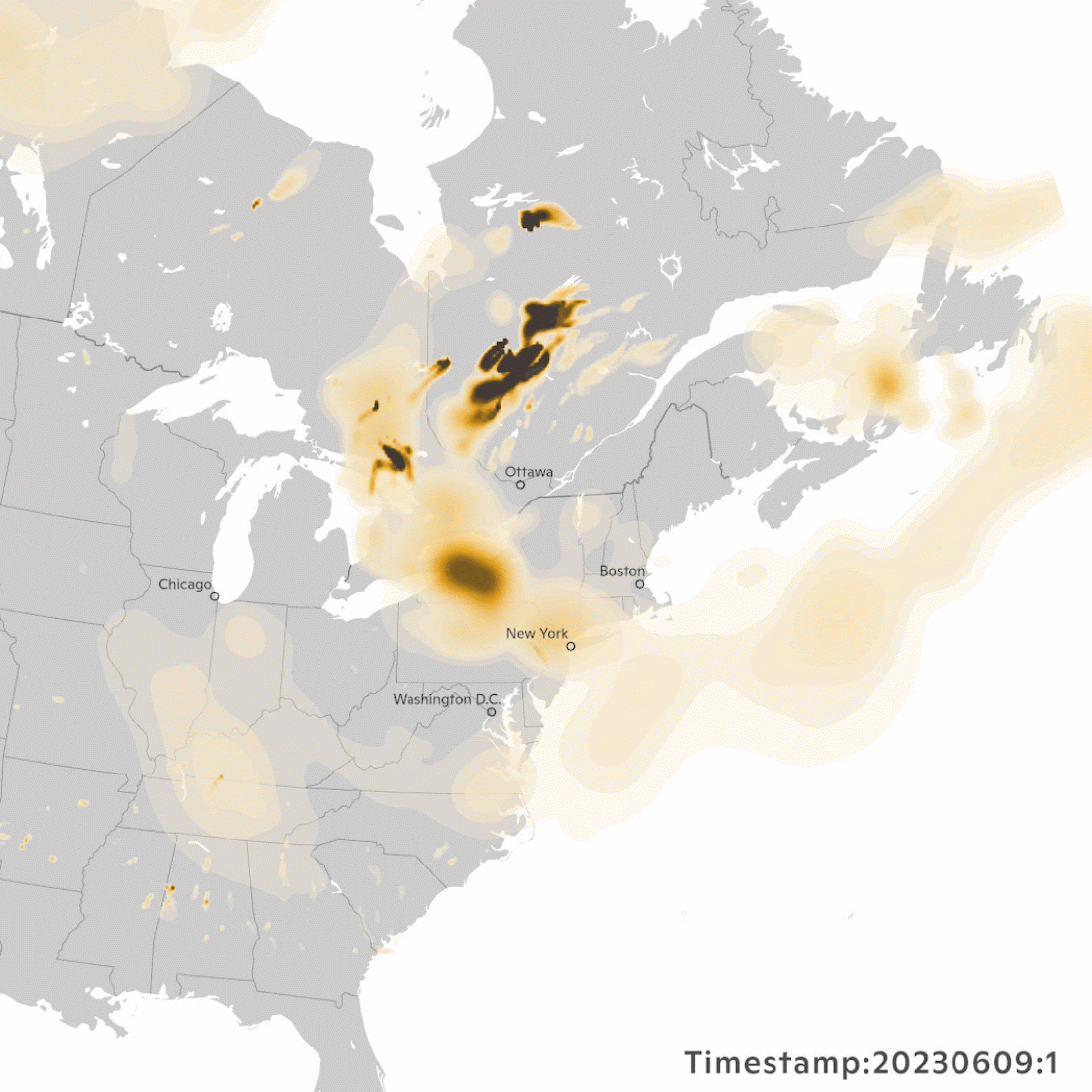
map by Greg Fiske
Another factor contributing to the widespread smoke is an ongoing oceanic heat wave in the North Pacific Ocean. The blob of much-above-normal sea water tends to create a northward bulge in the jet stream, which creates a pattern that sends cooler air down to California and warm air northward into central Canada—resulting in the persistent heat wave there in recent weeks. Farther east, the jet stream then bends southward and brings the wildfire smoke down to the Northeast.
“Big waves in the jet stream tend to hang around a long time, and so the weather that they create is going to be very persistent,” Francis said. “If you are in the part of the wave in the jet stream that creates heat and drought, then you can expect it to last a long time and raise the risk of wildfire.”
The wildfires are also decimating North American and Canadian boreal forests, the latter of which holds 12 percent of the “world’s land-based carbon reserves,” according to the Audubon Society. And three quarters of Canada’s woodlands and forests are in the boreal zone according to the Canadian government.
“The surface vegetation and the soil can dry out pretty dramatically given the right weather conditions. For this fuel, as we call it in fire science, it often just takes one single ignition source to generate a large wildfire,” said Woodwell Climate Associate Scientist Dr. Brendan Rogers.
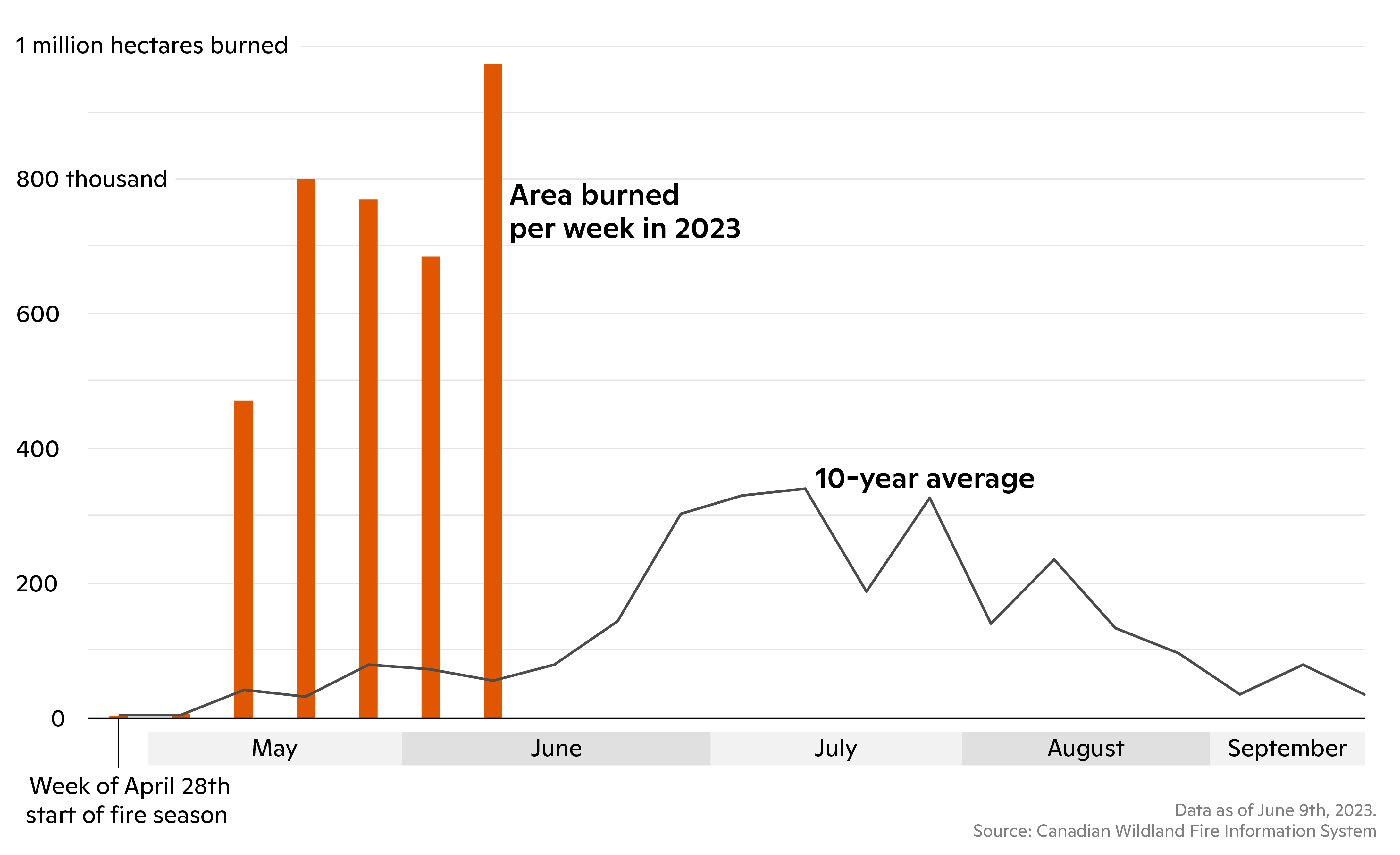
graph by Christina Shintani
As the climate continues to warm, Rogers said the weather conditions that lead to fuel drying and out-of-control wildfires also increase. This creates a feedback loop. Heat waves caused by greenhouse gas emissions increase the prevalence of wildfires. The fires in turn destroy these natural carbon sinks and, in turn, speed up climate change.
While the ultimate solution to breaking this feedback loop lies in reducing emissions and curbing climate change, Rogers and other researchers at Woodwell Climate have conducted research into fire suppression strategies that could help prevent large boreal fires from spreading and help keep carbon in the ground.
A study conducted in collaboration with Woodwell and other institutions found that suppressing fires early may be a cost-effective way to carbon mitigation. Woodwell Climate’s efforts also include mapping fires, using geospatial data and models to estimate carbon emissions across large scales, and looking at the interplay between fires and logging.
“Reducing boreal forest fires to near-historic levels and keeping carbon in the ground will require substantial investments. Nevertheless, these funds pale in comparison to the costs countries will face to cope with the growing health consequences exacerbated by worsening air quality and more frequent and intense climate impacts expected if emissions continue to rise unabated. Increased resources, flexibility, and carbon-focused fire management can also ensure wildlife, tourism, jobs, and many other facets of our society can persevere in a warming world,” Rogers said.




